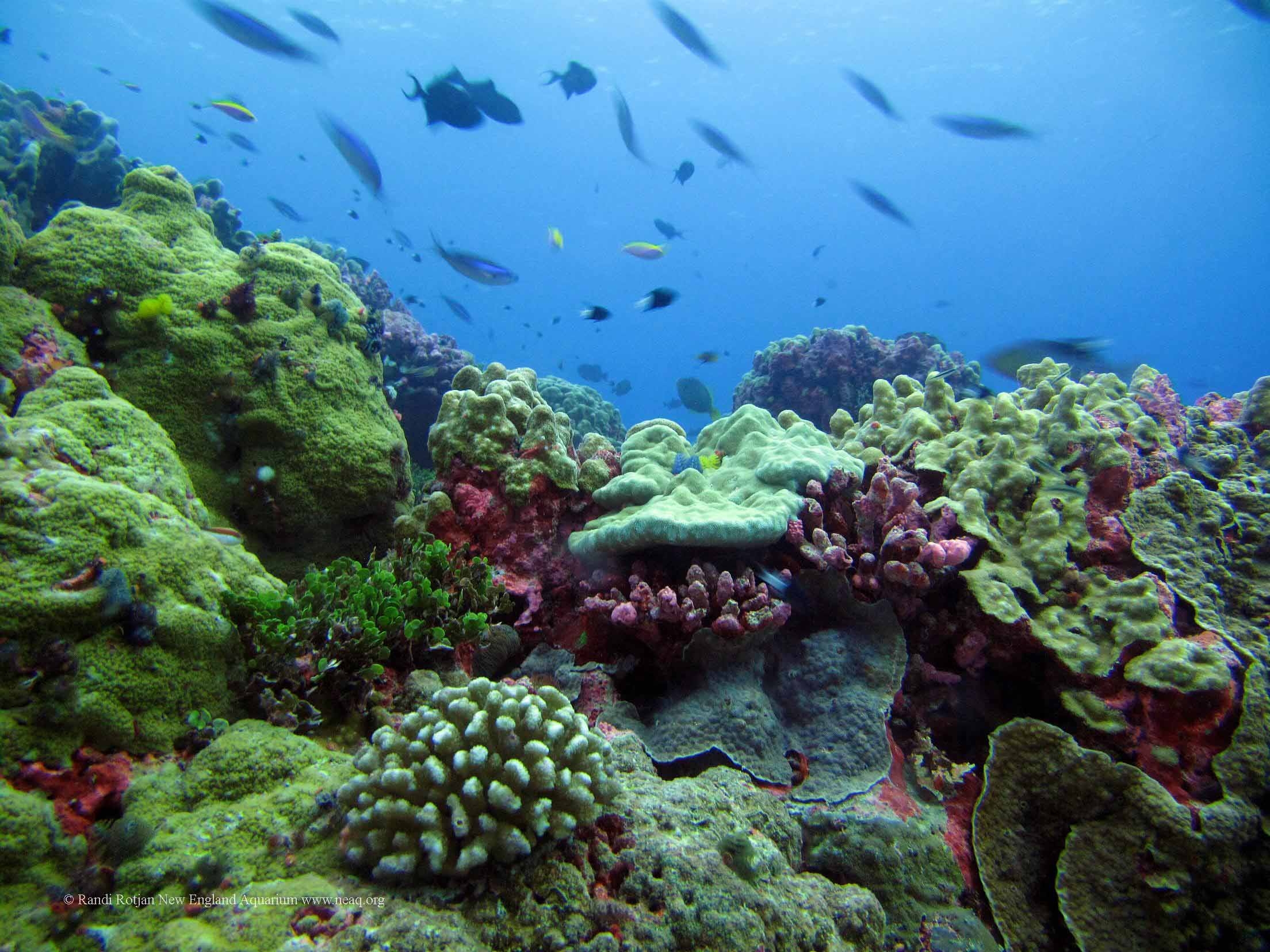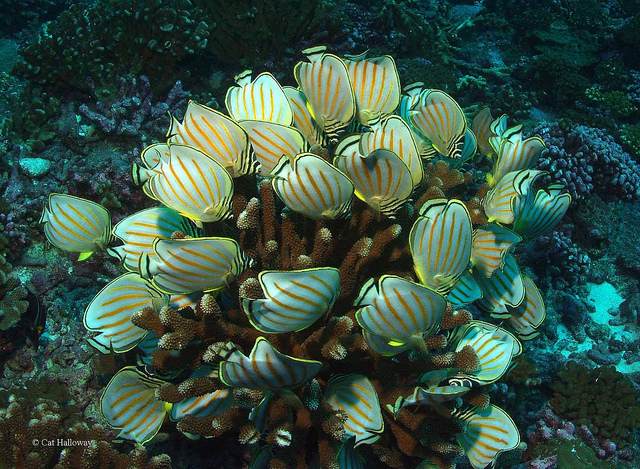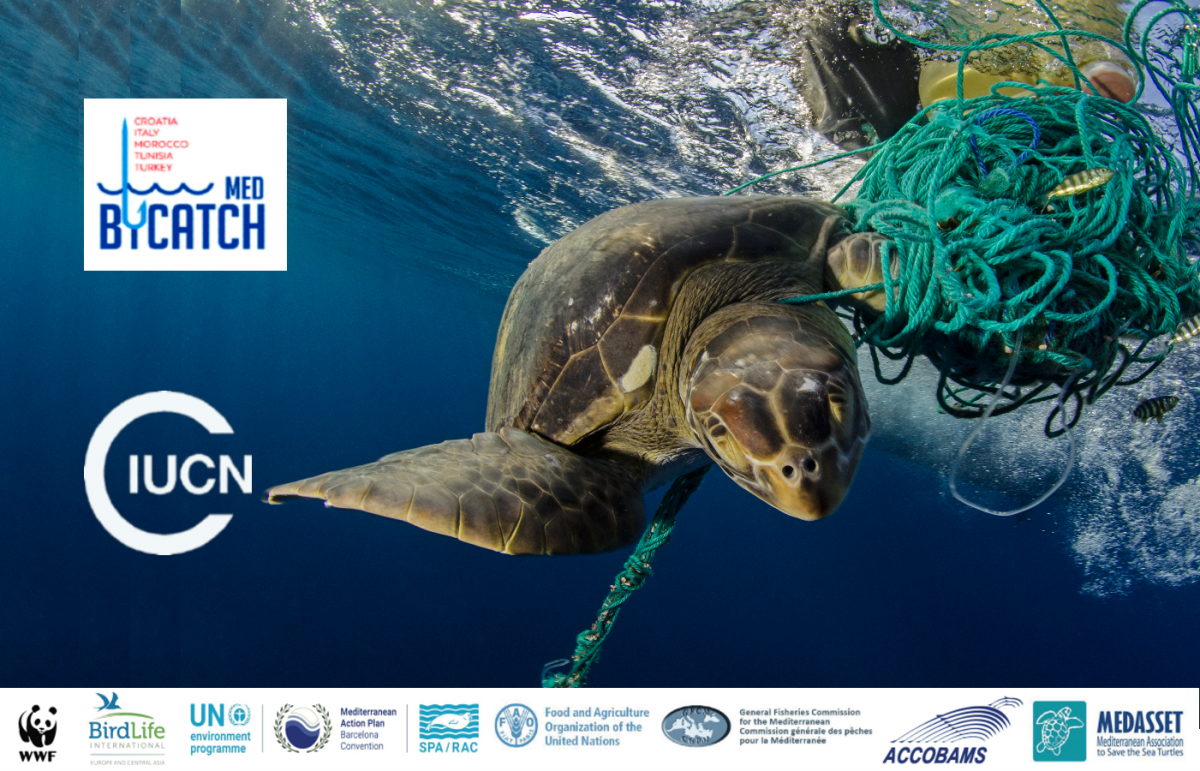$5 million for the largest and deepest UNESCO World Heritage Site
Currently the largest marine protected area in the Pacific Ocean, Phoenix Islands Protected Area has received a $5-million investment to support its long-term viability and management.
The Phoenix Islands Protected Area (PIPA) Conservation Trust has announced the initial capitalization of a trust fund that will provide ongoing support for Kiribati’s 408,250 sq km marine protected area. The Republic of Kiribati gave a $2.5-million endowment toward the fund, a contribution matched by Conservation International (CI) through its Global Conservation Fund (GCF).
Located about halfway between Fiji and Hawaii, Phoenix Islands Protected Area is a large-scale ocean and island protected area, which conserves one of the world’s largest intact oceanic coral archipelago ecosystems, together with 14 seamounts and other deep-sea habitats. It supports a healthy marine biodiversity, including globally threatened species like sperm whales, Napoleon wrasse, hawksbill turtles, giant clams, and numerous species of seabirds, cetaceans, sharks and tunas.
PIPA also boasts a collection of unique coral communities on seamounts, presumed to be extinct volcanoes rising up to 6,000 meters from the ocean floor. Its terrestrial areas provide vital nesting grounds for seabirds and spawning grounds for fish, including highly valuable skipjack tuna.
“The archipelago within the Phoenix Islands Protected Area is so remote that it has remained one of the most unspoiled and unexplored parts of our planet,” said Dr John Francis, VP for Research, Conservation and Exploration at National Geographic Society. “The research expedition, which we supported over a decade ago to put in motion the PIPA endeavour, taught us that the Phoenix Islands are a microcosm of what the oceans looked like hundreds of years ago. There is much more to explore and learn in this part of the Pacific and there is still more conservation to be done to protect the natural riches for the people of Kiribati and the world.”
The Phoenix Islands Protected Area was established in 2008 and has been on the World Heritage List since 2010. The natural site is one and a half times the size of New Zealand and, thanks to its remoteness, it contains one of the largest intact marine environments in the world.
However only 3% of its area is currently protected from fisheries. This new injection of funds should enable 12.5% of the area to be converted into a “no-take zone” and build up fund-raising capacity to increase protection to an additional 25% by the end of 2014. This represents a first milestone in eventually closing off the entire area to fishing and ensuring the best level of protection expected of a World Heritage Site.
“PIPA is more than just a marine protected area. It is an investment for the future of Kiribati. With PIPA we are investing in our economy, our children, our cultural heritage and on a more global scale, we are investing in preserving food security for the world,” said His Excellency Anote Tong, President of Kiribati. “This brings us a step closer in achieving our ultimate goal for PIPA: phasing-out commercial fishing over time. In this way PIPA will act as an insurance policy for fishing effort more widely in Kiribati and the region.”
The PIPA trust was established under Kiribati Law in 2009 to secure funding mainly to cover management costs and replace fisheries revenue. The Republic of Kiribati, Conservation International and New England Aquarium developed the management plan for PIPA over several years of joint scientific research and discussions, with funding and technical assistance provided by CI’s Global Conservation Fund. The design allows for subsistence fishing by the caretaker community on the island of Kanton and sustainable development in designated zones.
The first iteration of the PIPA management plan, which began in 2010, is the first phase of PIPA’s implementation and is expected to be successfully implemented by its scheduled end date of December 2014.
In this phase, which included the initial commitment from Kiribati, 3% of the protected area is closed off to all fishing some 12,000 sq km; additional fishing restrictions around the islands cover a total of 52,000 square kilometres (12.5% of PIPA). This represents over 80% of the high priority habitats and key species identified within the protected area, such as shark nursery locations and seabird nesting sites.
The second phase has the core objective of increasing the no-take zone coverage by an additional 25% of the total area of PIPA. The management plan after 2014 will work towards increasing the level of protection.
“The growth of the endowment for the Phoenix Islands Protected Area Trust will ensure that this special ecosystem will eventually be 100% protected and as planned that the people of Kiribati will be financially sound,” said Sylvia Earle, renowned oceanographer and IUCN Patron.
Achieving this goal will depend on reversing fishing licences, which will only be possible through more financing. The current target for the second roll-out of the trust is estimated at $13.5 million.
“Capitalizing the PIPA Trust and growing the funds over time is as important to PIPA’s conservation goals as is monitoring PIPA's protection,” said Bud Ris, President and Chief Executive Officer of the New England Aquarium. “We will continue to work on strengthening the endowment so it can provide a stable, long-term funding stream for management of PIPA. That will ensure that these islands and the surrounding ocean continue to provide vital ecosystem services to both local and global communities.”






